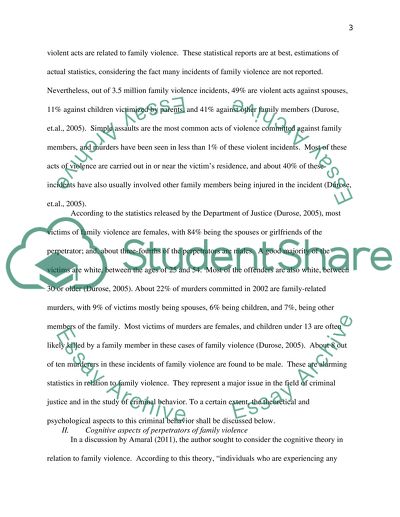Cite this document
(“Psychology of Criminal Behavior Research Paper Example | Topics and Well Written Essays - 2500 words”, n.d.)
Psychology of Criminal Behavior Research Paper Example | Topics and Well Written Essays - 2500 words. Retrieved from https://studentshare.org/psychology/1578439-psychology-of-criminal-behavior
Psychology of Criminal Behavior Research Paper Example | Topics and Well Written Essays - 2500 words. Retrieved from https://studentshare.org/psychology/1578439-psychology-of-criminal-behavior
(Psychology of Criminal Behavior Research Paper Example | Topics and Well Written Essays - 2500 Words)
Psychology of Criminal Behavior Research Paper Example | Topics and Well Written Essays - 2500 Words. https://studentshare.org/psychology/1578439-psychology-of-criminal-behavior.
Psychology of Criminal Behavior Research Paper Example | Topics and Well Written Essays - 2500 Words. https://studentshare.org/psychology/1578439-psychology-of-criminal-behavior.
“Psychology of Criminal Behavior Research Paper Example | Topics and Well Written Essays - 2500 Words”, n.d. https://studentshare.org/psychology/1578439-psychology-of-criminal-behavior.


